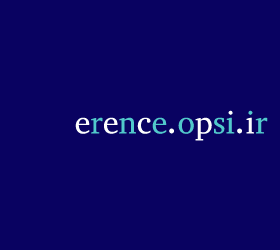Association Mission
Membership
Contact Us
BibTeX | RIS | EndNote | Medlars | ProCite | Reference Manager | RefWorks
Send citation to:
URL: http://opsi.ir/article-1-1043-en.html
2- Physics Teacher, the 2 regional Zanjan administration of education and training
3- Department of Physics and Optics and Photonics Research Center, Physics Departement, Institute for Advanced Studies in Basic Sciences, Zanjan
The effective electro-optic coefficient of a Ti:PPLN channel waveguide is measured using a non-destructive method. With electrodes coated in the both sides of the channel guide a polarization converter was made. Since both end facets of the waveguide is polished, it acts as a week Fabry-Perot resonator with about %13 reflectivity in both ends. The phase difference resulting from two different arrangements (entry of light beam from two opposite directions) one can measure the effective electro-optic coefficient of the Ti:PPLN channel guide. Based on this method, the effective electro-optic coefficient r51 =29/45±2/6 (pm/v) is reported using a 15 mm long Ti:PPLN channel waveguide
| Rights and permissions | |
 |
This work is licensed under a Creative Commons Attribution-NonCommercial 4.0 International License. |









